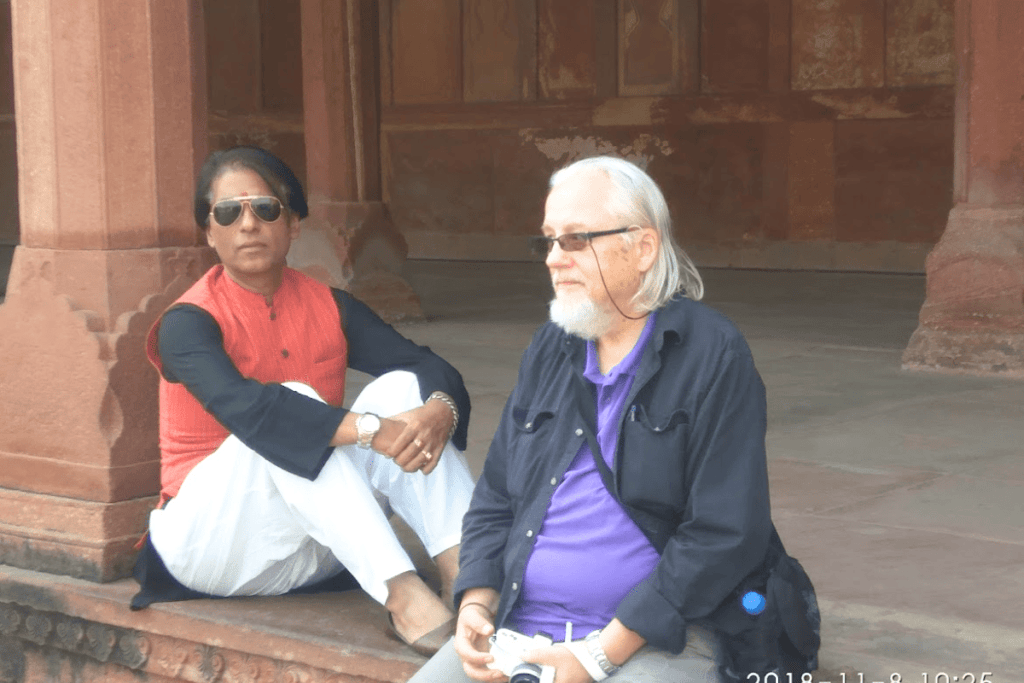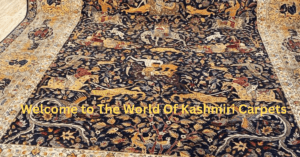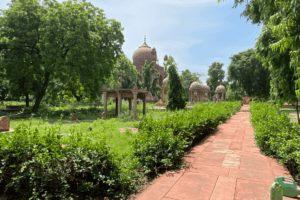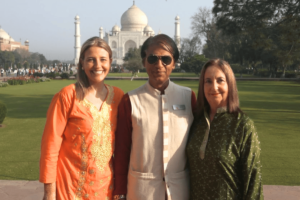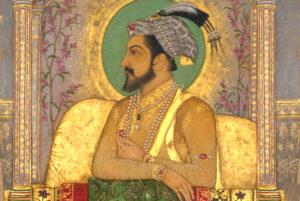The Eternal Love Behind the Taj Mahal
Taj Mahal Story: A Timeless Tale of Eternal Love is more than just a tale of architectural wonder; it is a poignant love story etched into the very soul of India’s history. The Taj Mahal story is one of the most captivating tales of love and power in history. Built in the 17th century by Mughal Emperor Shah Jahan in memory of his beloved wife, Mumtaz Mahal, this architectural masterpiece symbolizes eternal love. The mesmerizing white marble mausoleum stands as a testament to the emperor’s undying devotion, drawing millions of visitors from around the world each year.
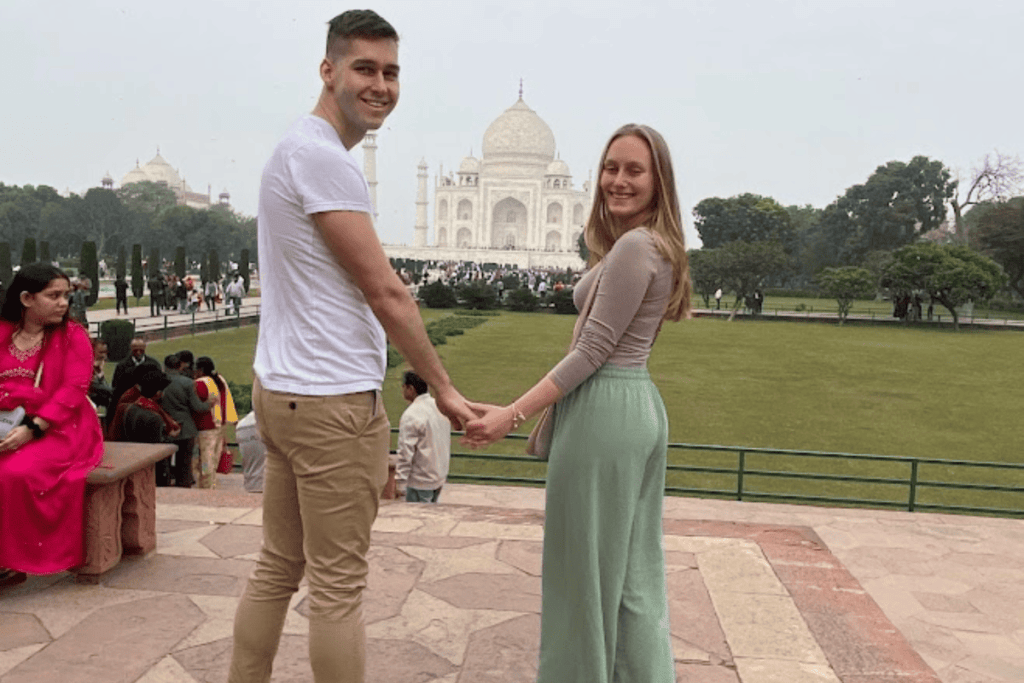
Taj Mahal Story: The Beginning of the Royal Romance
The Taj Mahal story traces its origins to a royal love affair that defied tradition. In 1607, a young Mughal prince, Shah Jahan, was captivated by Arjumand Banu Begum, a Persian princess later known as Mumtaz Mahal. Their love story was one of devotion and companionship, setting the foundation for the most iconic monument of love. Though Shah Jahan had multiple wives, Mumtaz remained his closest confidante and constant companion. Their marriage in 1612 marked the beginning of an extraordinary bond, which would ultimately inspire the creation of the Taj Mahal, a timeless tribute to their undying love.
Plan Your Delhi to Taj Mahal Private Tour unforgettable journey into history and romance
The Romance That Inspired a Timeless Wonder
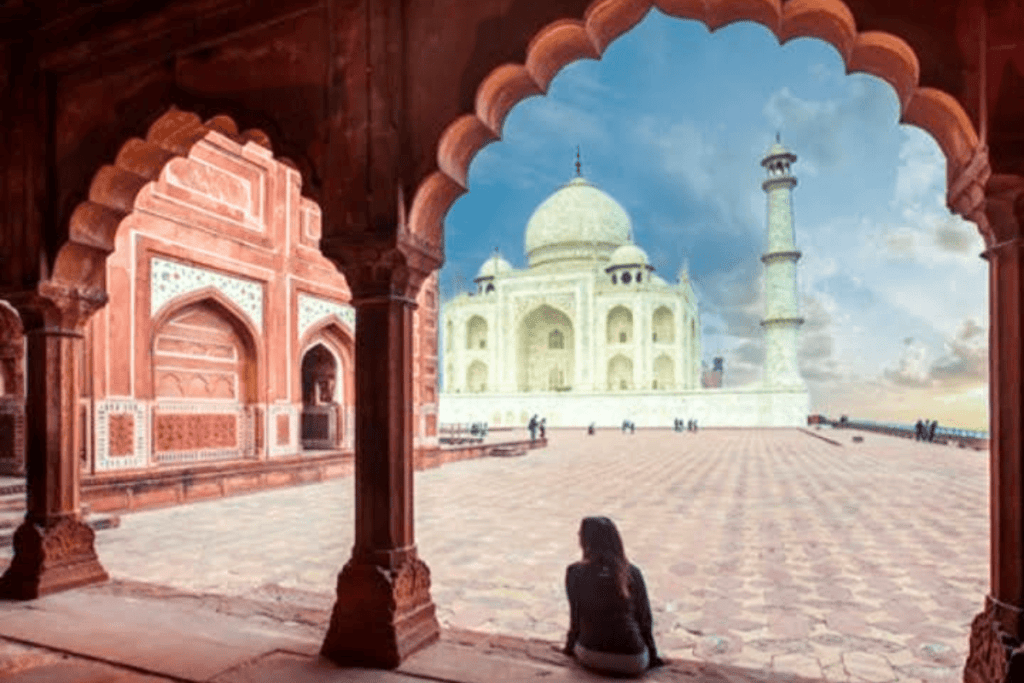
Shah Jahan and Mumtaz Mahal shared a deep and passionate love story. Mumtaz, the emperor’s favorite wife, was not just his queen but also his closest confidante. She passed away in 1631 while giving birth to their 14th child, leaving Shah Jahan heartbroken. His grief led to the creation of the Taj Mahal, a grand structure meant to immortalize their love forever.
The construction began in 1632 and took over 20 years to complete, involving around 20,000 artisans from across the Mughal Empire. The result was an awe-inspiring marvel of architecture that remains one of the most admired monuments in the world today.
Shah Jahan: Legacy of Love and Architectural Splendor
Taj Mahal Story: A Heartbreaking Loss That Changed History
The Taj Mahal story took a tragic turn in 1631 when Mumtaz Mahal passed away while giving birth to her 14th child. Her sudden death left Shah Jahan devastated, and his profound grief became the driving force behind the creation of the Taj Mahal, a monument that would immortalize their love for eternity. Overcome with sorrow, the emperor vowed to build a mausoleum so magnificent that the world would never forget their story. The construction of the Taj Mahal began in 1632, and for the next 22 years, skilled artisans from across the Mughal Empire, Persia, and Turkey worked tirelessly to bring this vision to life. Today, the Taj Mahal stands not just as a symbol of love but as a testament to the deep emotions of loss and devotion that inspired its creation.
Taj Mahal Story: Building the Taj Mahal
The Taj Mahal story is one of passion, devotion, and architectural brilliance. The construction of this breathtaking mausoleum began in 1632, a labor of love led by Mughal Emperor Shah Jahan in memory of his beloved wife, Mumtaz Mahal. Over 20,000 artisans from India, Persia, and Turkey worked tirelessly to bring this masterpiece to life, ensuring that every marble slab and gemstone inlay reflected the grandeur of their love story.
The Taj Mahal is not just a monument; it is a symbol of timeless romance. Its white marble façade, which changes color with the movement of the sun, embodies the emotions of love—blushing pink at dawn, pure white in the afternoon, and golden under the moonlight. From its intricate calligraphy to the symmetrical gardens, every detail narrates the Taj Mahal story, making it an everlasting tribute to one of the greatest love stories in history.
The Mughal Dynasty in India: A Legacy of Grandeur
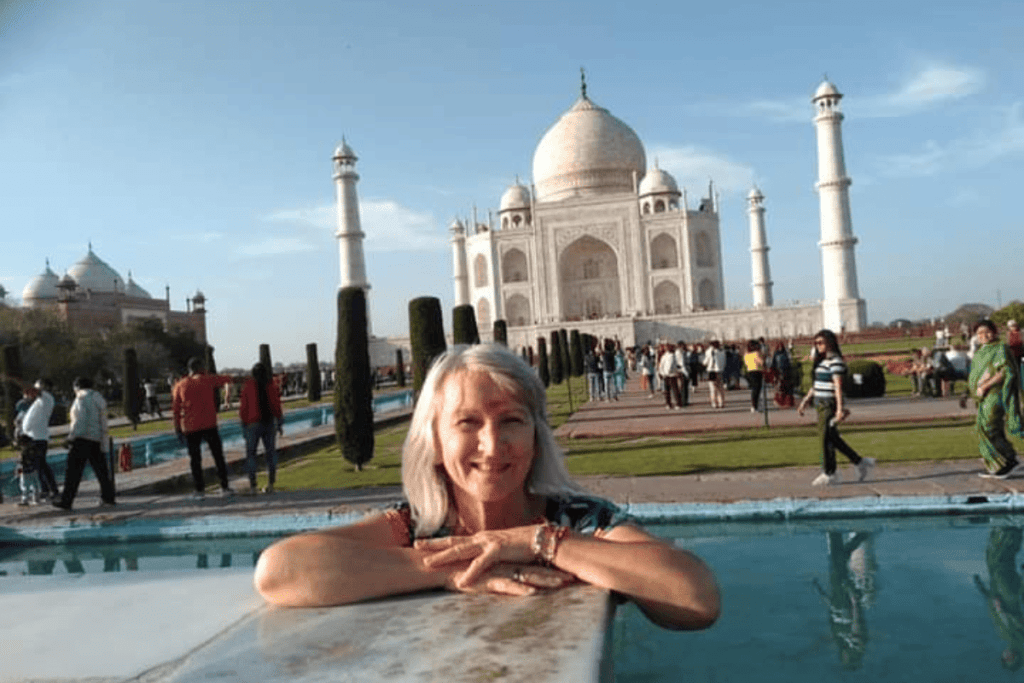
The Mughal dynasty in India played a crucial role in shaping the architectural and cultural heritage of the country. The Mughals, originally from Central Asia, ruled India from the early 16th to the mid-18th century, leaving behind a legacy of grand monuments, administrative reforms, and artistic advancements. Under rulers like Babur, Akbar, Jahangir, Shah Jahan, and Aurangzeb, the empire flourished, blending Persian and Indian traditions. The Taj Mahal story is deeply intertwined with the grandeur of the Mughal dynasty in India, as it represents the pinnacle of their architectural brilliance and cultural influence.
Mehtab Bagh: The Perfect Sunset View of the Taj Mahal
Legends and Mysteries Surrounding the Taj Mahal Story

The Taj Mahal story is shrouded in myths and mysteries. Some believe that Shah Jahan planned to build a Black Taj Mahal across the Yamuna River, but his plans were halted after he was overthrown by his son, Aurangzeb. Others speak of the artisans’ hands being cut off to ensure that no similar masterpiece would ever be created again. Though these stories remain unverified, they add to the intrigue of this world-famous monument.
Another fascinating legend is the presence of a hidden underground chamber beneath the Taj Mahal, which some historians believe may hold the remains of Mumtaz Mahal.
Agra Fort: The Majestic Stronghold of the Mughal Empire
The Taj Mahal at Sunrise: A Magical Experience
One of the best ways to witness the grandeur of the Taj Mahal is by visiting at sunrise. The first rays of the sun cast a golden hue on the white marble, creating an ethereal glow. The peaceful atmosphere, with fewer crowds, allows visitors to soak in the beauty and serenity of this wonder of the world.
Taj Mahal Story: Inside the Eternal Love of Shah Jahan and Mumtaz Mahal

Step inside the heart of the Taj Mahal, and you’ll find more than marble and jewels—you’ll find a love story carved in stone. Built by Emperor Shah Jahan for his beloved queen Mumtaz Mahal, the mausoleum holds their cenotaphs in the main chamber, surrounded by delicately carved marble screens inlaid with semi-precious stones. The cenotaph of Mumtaz is adorned with flowing Qur’anic verses, lily-inspired floral patterns, and an inscription that honors her as Arjumand Bano Begum, the one who passed away in 1631. Decades later, Shah Jahan joined her in eternal rest—his tomb slightly larger, richly covered with poppies symbolizing grief and sacrifice. Though the real graves lie in a lower chamber, the monument above tells a timeless Taj Mahal story—of eternal devotion, poetic sorrow, and the unmatched beauty of love.
Beyond the Taj Mahal: A Love Story Etched in Agra Fort and Mehtab Bagh
The story of the Taj Mahal is incomplete without the echoes of love that still linger in Agra Fort, where Shah Jahan once gazed at the marble tomb of his beloved Mumtaz from a prison window. Their romance also bloomed across the river at Mehtab Bagh, the Moonlight Garden, where they once walked hand in hand under the stars. Together, these places weave a timeless tale of love, longing, and legacy that lives on in every stone and petal of Agra.
Taj Mahal visiting: Essential Tips
- Best Time to Visit: Early morning or late afternoon to avoid crowds and experience the best lighting.
- Entry Fees: INR 1100 for foreign tourists, INR 50 for Indian visitors.
- Dress Code: Modest attire is recommended.
- Guided Tours: Hiring a knowledgeable Taj Mahal tour guide enhances the experience by uncovering hidden stories and historical insights.
- Photography Tips: Capture the Taj Mahal from different angles, especially from the main gateway and the Mehtab Bagh for a unique perspective.
Why the Taj Mahal Remains a Symbol of Love
Despite centuries passing, the Taj Mahal story continues to inspire people worldwide. Whether you are an architecture enthusiast, a history buff, or a romantic at heart, the Taj Mahal stands as an enduring monument to love and devotion.
Conclusion: Taj Mahal Story The Everlasting love Poetry
The Taj Mahal Story is one of history’s greatest love stories. Shah Jahan’s deep devotion to Mumtaz Mahal led to the creation of one of the most stunning monuments in the world, a timeless symbol of love and loss.
Today, the Taj Mahal continues to inspire and captivate visitors, reminding us all of the power of love that transcends time, culture, and even death. The Story of the Taj Mahal will forever live on in the hearts of those who witness its beauty.
